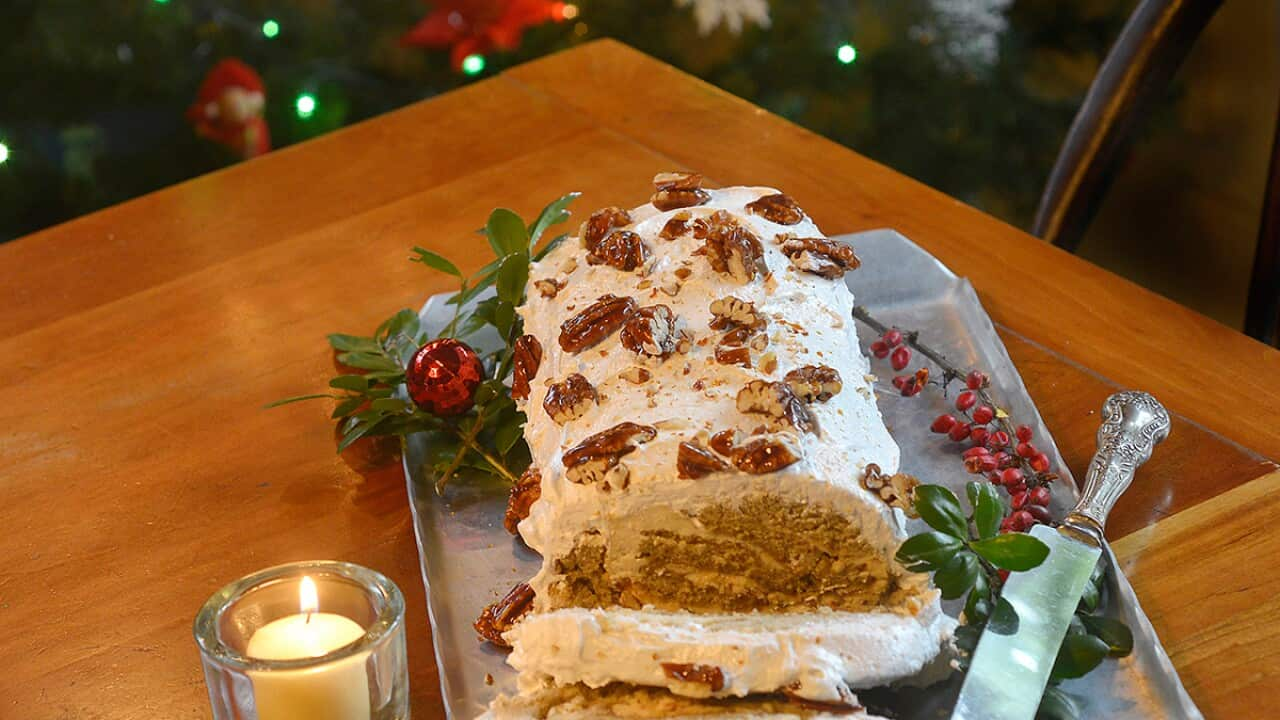The Romans might have invented the fruitcake, but Sri Lanka, a tiny island in the Indian Ocean, perfected it.
(Full disclosure: I am half Sri Lankan and thus prone to hyperbole, but you’ve just got to trust me.)
It might strike you as odd that a Buddhist-majority country is home to the best Christmas cake in the world, but it shouldn’t. This cake tells the story of the cultures that have passed through Sri Lanka, of a former Portuguese, then Dutch, then British colony that still loves Christmas.
Only 7 per cent of Sri Lanka’s population are Christian, but Christmas and Christmas cake – also known as rich cake, and available year-round in bakeries – spread much more successfully than Christianity.
It’s a specialty of Sri Lanka’s Burgher minority, a dwindling community of mixed Portuguese, Dutch, British and Sri Lankan heritage. Their cuisine borrows and mixes flavours and ingredients from east and west, and though there are few Burghers left in Sri Lanka, their cake lives on.
While your typical fruitcake has whole glace cherries and hunks of fruit peel suspended in a cake so dry I want a glass of water just thinking about it, this version is rich, moist and dark, with a prohibitively long list of ingredients.
In place of all that flour there’s rulang (semolina) and the cashews that grow so well in Sri Lanka’s climate, brought to the country by the Portuguese. The number of eggs gets ramped up to ridiculous quantities - recipes call for anywhere between 12 and 55 eggs, and more egg whites still. The batter is a heady mix of vanilla and rose water, almond essence, spices and brandy. To the usual glace cherries, peel and nuts, are added jars of the strawberry jam that the British couldn’t live without in Sri Lanka, then Ceylon, as well as preserved pumpkin, ginger, and chow chow (which is choko! I never knew).
It’s all chopped so very finely that the end result is much closer to a flourless cake or a brownie than the usual rock-hard missiles that pass for Christmas cake elsewhere. Best of all, while it improves with age, it’s perfectly good to eat straight away: handy when you’re operating on island time.

If you can't find chow chow, our recipe has a suggestion for a substitute. Source: Rachel Bartholomeusz
The cake is traditionally iced with marzipan made from local cashews, not almonds, then cut into small rectangles and wrapped in coloured cellophane. Burgher families would offer a piece to visiting guests along with milk wine, an arrack-based liquor, introduced by the Dutch.
My dad jokes that Burghers had large families primarily to help with this annual production. Growing up in Sri Lanka, he and his five siblings would sit around a table with his mother and both grandmothers, each given the task of chopping one ingredient into the finest dice possible without turning it into mush.
For the Burgher diaspora that mostly relocated to Australia and Canada – my family included – a piece of Christmas cake was a taste of Sri Lanka they left behind.
My grandmother continued to make her cake each year after migrating to Australia and passed her recipe on to my mother, who made it her own.
Somewhere, over time, the marzipan icing dropped off, and for as long as I can recall our cakes have been bare.

The author's family cake has abandoned the icing for a simpler look. Source: Rachel Batholomeusz
With only three children at her disposal, Mum soon abandoned the hand-chopping in favour of a food processor. It takes practice but the key, she says, is to pulse each ingredient separately, and very carefully: you want tiny pieces rather than a paste. Purists will tell you to hand chop or not bother, but I’ve yet to eat a version better than my mum’s.
After chopping, the next task is finding a bowl that is big enough for mixing. Ours was always stored at the top of the pantry, a large steel bowl so enormous that it found no other purpose, brought down and dusted off just once a year.
Happily, that time is upon us.




